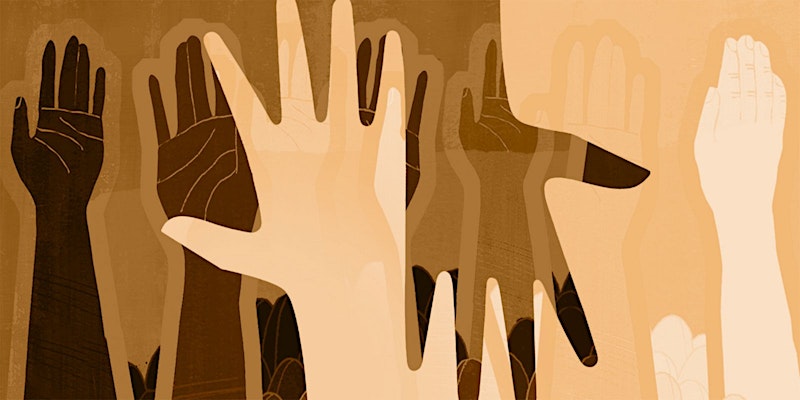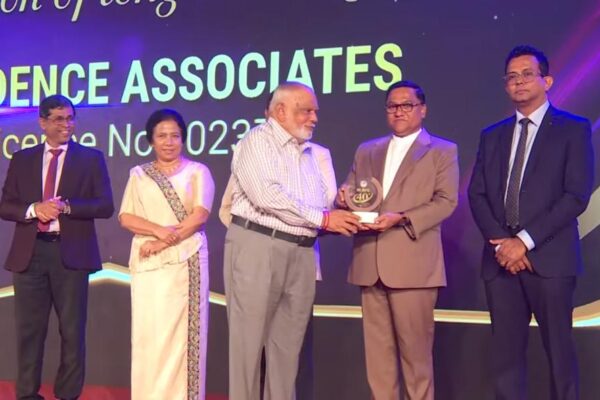MAHIL DOLE (SSP Retired)
COLOMBO : The absence of “policy politics” gives rise to “racial politics.”
Across South and Southeast Asia, a disturbing pattern continues to emerge — the politicization of religion and the deliberate manipulation of ethnic and faith-based divisions for political survival. What we are witnessing is not spontaneous communal discord, but racism by design, engineered to serve short-term political interests rather than the long-term good of nations.
Racism and communal tension in Sri Lanka are not spontaneous occurrences—they are often designed and seasonal, resurfacing during politically vulnerable periods. When policymakers lack genuine policy-based politics, they turn to racial politics as a convenient tool to manipulate public sentiment and distract from their failures. These cycles of hate are amplified by sections of the media that give unwarranted visibility to individuals and groups promoting extremist narratives.
In Sri Lanka, we have seen how racial and religious tensions resurface periodically, particularly during moments of political instability. These are not random events; they are carefully choreographed distractions when the political narrative lacks substance or policy direction. When leaders run out of solutions, they turn to division. The absence of “policy politics” gives rise to “racial politics.”
Unfortunately, the media often becomes an unwilling accomplice. By giving airtime and publicity to extremist voices, some outlets amplify hatred rather than harmony. It is high time civil organizations, interfaith networks, and community leaders collectively urge media institutions—and the relevant government departments—to act responsibly and stop providing platforms for those who thrive on spreading racism and religious hatred.
This trend is not unique to Sri Lanka. In Bangladesh, we have seen how fringe groups target minority Hindu and Buddhist communities, while politicians exploit these tensions to consolidate power. In Nepal, religion-based nationalism has found a new voice in certain political circles seeking to challenge secular governance. Across Myanmar, Buddhist extremism—once confined to radical fringes—was systematically weaponized by the military to justify persecution of the Rohingya Muslims, creating one of the worst humanitarian crises in modern Asia.
The pattern continues in southern Thailand, where Malay-Muslim separatist violence and harsh state responses feed a cycle of mistrust, and in the Philippines, where the shadow of the long Moro conflict still influences perceptions of Muslim identity, often clouded by fear and prejudice.
Ironically, in several of these countries, where Muslims are minorities, the tension is anti-Islamic in nature; while in others—like the Philippines or parts of Bangladesh—the acts of revenge or overreaction have taken on an anti-Buddhist tone. Both forms of extremism mirror each other, driven not by faith but by political manipulation.
In Sri Lanka, the actions of certain Buddhist clergy have also come under scrutiny. While many monks continue to speak courageously for peace, compassion, and justice, a small but vocal segment has allowed themselves to be drawn into the political arena—promoting fear instead of faith, and confrontation instead of compassion. This distorts the very teachings of the Buddha and undermines the centuries-old harmony that has existed among the island’s diverse communities.
The real challenge lies in leadership. Political leaders must stop swimming with the tide of racism for temporary political gain. Religious leaders must rise above narrow political influence and reclaim their moral authority. And the media must act as a guardian of truth and balance—not a megaphone for division.
Equally important is the role of the Buddhist clergy, whose moral authority and influence can either heal or harm the social fabric. While many monks have courageously spoken against hate and advocated for unity, a small but vocal minority have been used as instruments of racial propaganda. This distortion of Buddhist principles for political gain not only tarnishes the image of the Sangha but also contradicts the very teachings of the Buddha—compassion, equality, and peace.
As the region’s recent history shows, once communal fire is lit, it rarely burns only where it began. The time for moral courage and responsible leadership—both in politics and religion—is now.True national harmony can only emerge when political leaders, media institutions, and religious figures work together to reject racism as a political tool and reaffirm the country’s collective commitment to justice and coexistence
Organizations representing all communities must unite to call on media outlets—and the relevant government authorities—to stop providing platforms to voices that spread racism and division. Media institutions have a moral and social responsibility to promote peace, not polarization.
(Writer : Mahil Dole, SSP (Retired), is the former Head of the Counter-Terrorism Division of the State Intelligence Service of Sri Lanka, and has served as the first Secretary (Defence) – Embasdy of Sri Lanka in Thailand and Head of the Sri Lankan Delegation at three BIMSTEC Security Conferences. With over 40 years of experience in policing and intelligence, he writes on regional security, interfaith relations, and geopolitical strategy.)

October 18, 2025
















